
06-10-2015 20:59
 Chris Yeates
Chris Yeates
Bonsoir tousA recent good collection of Incrucipul

01-10-2015 05:10
Masanori KutsunaHi everyone, Does anybody have this article: Kum

03-10-2015 23:30
 Rubén Martínez-Gil
Rubén Martínez-Gil
Hola a todos. Subo unas fotos de un asco que he e

05-10-2015 17:59
 Blasco Rafael
Blasco Rafael
Hola de nuevo.estas Hyaloscyphas las encontre cerc

01-10-2015 19:05
 Blasco Rafael
Blasco Rafael
hola, tengo esta muestra recogida a unos 1600m, so

01-10-2015 22:23
 Rubén Martínez-Gil
Rubén Martínez-Gil
Hola a todos. Subo unas fotos de una Scutellinia

02-10-2015 11:42
 Bernard Declercq
Bernard Declercq
A collegue of mine sent me a collection of discomy

02-10-2015 18:17
Someone can get me the following literature: Subr
Incrucipulum - IKI reaction
Chris Yeates,
06-10-2015 20:59
 Bonsoir tous
Bonsoir tousA recent good collection of Incrucipulum ciliare encouraged me to have a detailed look at this fungus.
The addition of Lugol's showed a very convincing hemiamyloid reaction of the ascus tips, but what intrigued me was the fact that a similar effect (glycogen concentration?) was observable at the tips of the spores - of both those within the asci and those already expelled. It was difficult to make out, but this staining seemed to be connected in some cases to a kind of 'cap' at the ends of the spores.
I wonder if other AF members have noticed this phenomenon?
cordialement
Chris
Hans-Otto Baral,
06-10-2015 21:15
Chris Yeates,
06-10-2015 21:43

Re : Incrucipulum - IKI reaction
That's very interesting Zotto - thanks for the fast response. Comparing I. ciliare with I. sulphurellum http://www.ascofrance.com/search_recolte/3939 shows how variable characters in this genus (with the exception of the very distinctive hairs) can be. I must have a closer look when I next collect I. capitatum . . . .
I had noticed the "nasse apicale" when I looked at your photo's / drawings of I. ciliare; another pic from my collection is here - showing it rather well:
LG
Chris
I had noticed the "nasse apicale" when I looked at your photo's / drawings of I. ciliare; another pic from my collection is here - showing it rather well:
LG
Chris
Stip Helleman,
06-10-2015 22:13

Re : Incrucipulum - IKI reaction
Hi Chris, this is beautiful, I wonder why this feature was overlooked for more than a century. In phase-contrast are these caps also very good visible without IKI, Uwe did test this.
cheers,
Stip
cheers,
Stip
Hans-Otto Baral,
06-10-2015 22:19

Re : Incrucipulum - IKI reaction
I will hope that this feature is also present away from the atlantic climate :-)
Stip Helleman,
06-10-2015 22:26

Re : Incrucipulum - IKI reaction
Uwe did test it from a collection in Alme (Germany), the same collection area as Micropeziza filicina, so defenitly not atlantic.
Stip
Stip
Hans-Otto Baral,
06-10-2015 22:42

Re : Incrucipulum - IKI reaction
ah o.k., perhaps subatlantic :-)
Nihad Omerovic,
07-10-2015 00:47
Re : Incrucipulum - IKI reaction
Hello,
A collection from Bosnia&Herzegovina, September this year; first picture in water, the rest in IKI
Regards
Chris Yeates,
07-10-2015 01:27

Re : Incrucipulum - IKI reaction
Hello Nihad
thank you for this - so all across Europe! What a wonderful resource ASCOFrance is . . . .
sve najbolje
Chris
thank you for this - so all across Europe! What a wonderful resource ASCOFrance is . . . .
sve najbolje
Chris
Nihad Omerovic,
07-10-2015 01:44
Re : Incrucipulum - IKI reaction
Hello, Chris
You're welcome
Tako?e :)
Nihad
Hans-Otto Baral,
07-10-2015 08:46

Re : Incrucipulum - IKI reaction
o.k. then :-)
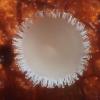



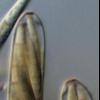
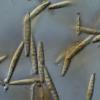
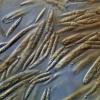

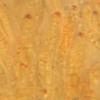
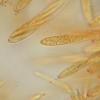
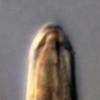
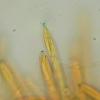
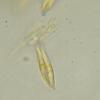
 Incrucipulum-ciliare-0001.pdf
Incrucipulum-ciliare-0001.pdf